Mutant Wolves Develop Resistance To Cancer
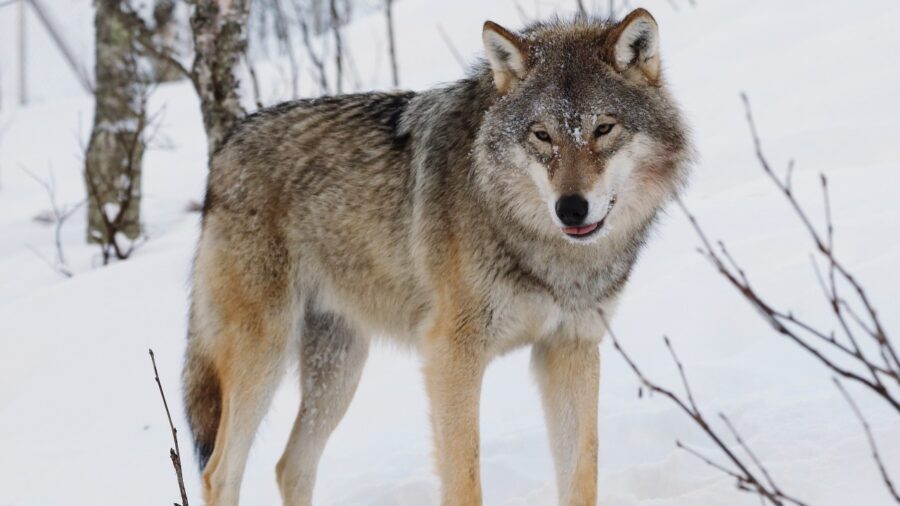
During a late-night safety test at the Chernobyl Nuclear Power Plant in the Ukrainian Soviet Socialist Republic (in the then Soviet Union) on April 26, 1986, a catastrophic explosion led to the emergency evacuation of 100,000 people. In the 38 years since the powerplant disaster, the Ukranian city has remained abandoned, with only wildlife like horses and wolves left roaming the streets. While humans have left nature to take over the radiation-soaked landscape, a remarkable discovery shows that the mutant wolves who live there have developed a resistance to cancer.
Nuclear Fallout Has Created Mutant Wolves
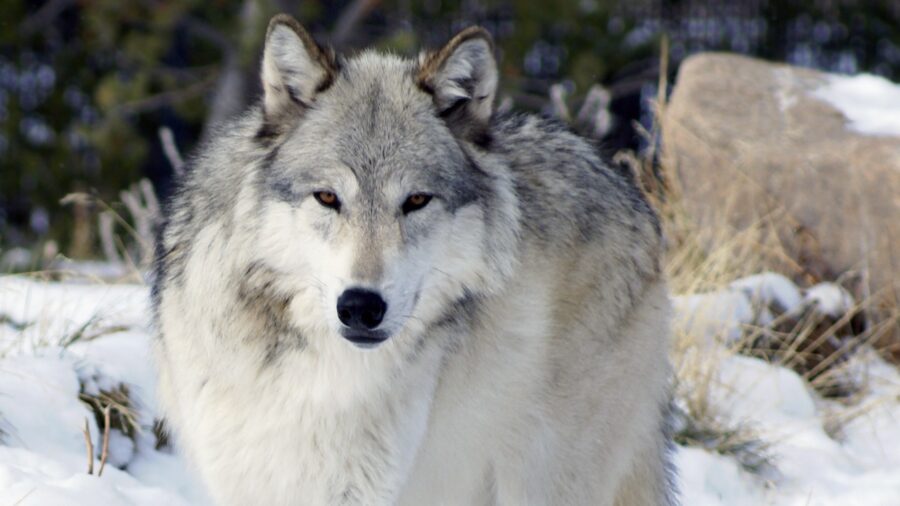
Since the explosion, Chernobyl has remained an abandoned city, with the Chernobyl Exclusion Zone (CEZ) established to mitigate the risk of radiation exposure. But the CEZ only limits humans from entering the danger zone, and after generations of wildlife have continued to occupy the area, a study by Princeton University shows the development of cancer-resisting mutant wolves.
Wolves Exposed To Radiation
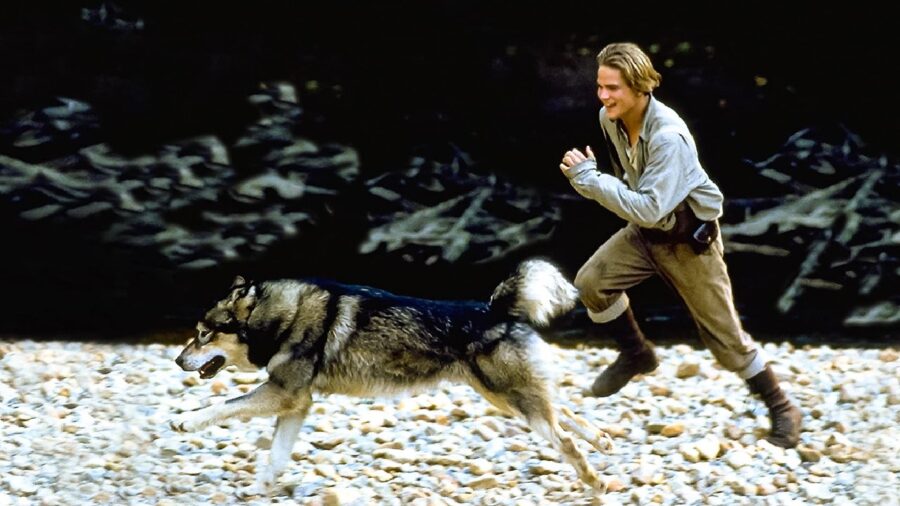
Led by evolutionary biologist and ecotoxicologist Cara Love, a team of researchers ventured into the CEZ in 2014 to study the effects of prolonged radiation exposure on the resident wolf population. Equipping the mutant wolves with radio collars, the researchers monitored their movements and assessed their levels of radiation exposure. Blood samples were also collected to analyze the wolves’ physiological responses to cancer-causing radiation.
Humans Would Not Survive
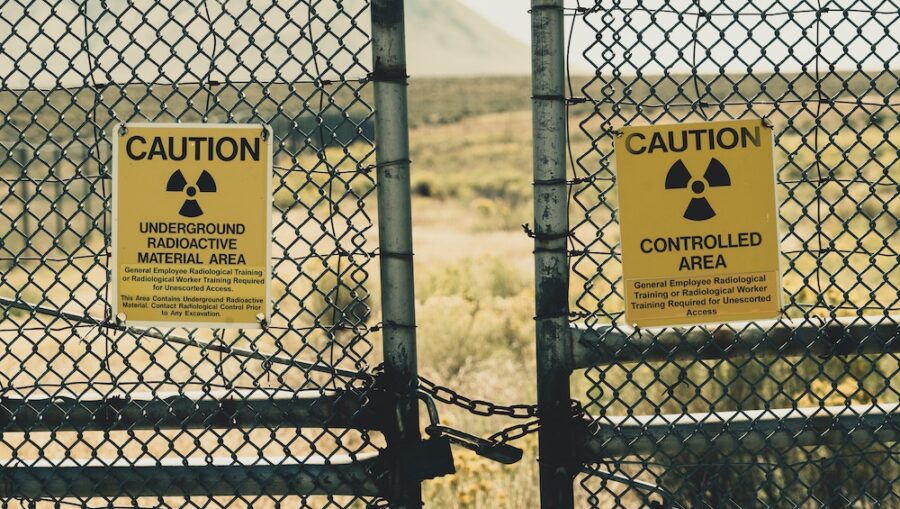
The study revealed that Chernobyl’s mutant wolves endure daily radiation levels exceeding six times the legal safety limit for humans, with exposure upwards of 11.28 millirem per day throughout their lives. Despite this, the wolves displayed adaptations in their immune systems akin to those observed in cancer patients undergoing radiation therapy. Moreover, researchers identified specific genetic components within the wolves that appeared resilient to heightened cancer risks, offering a glimpse into potential mechanisms of natural cancer resistance.
Mutant Wolves Are Surviving Cancer
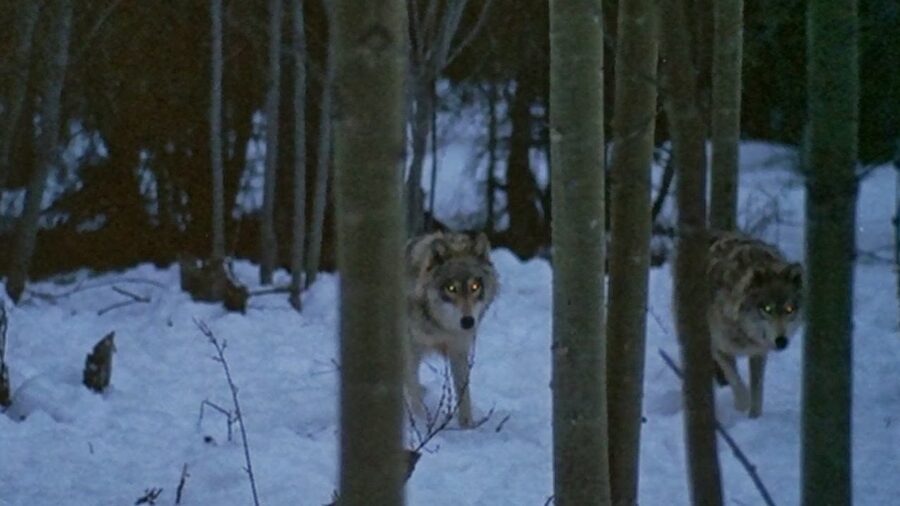
While research in human populations has traditionally focused on identifying mutations that elevate cancer susceptibility, Love’s work with the mutant wolves seeks to uncover protective mutations that enhance the likelihood of surviving cancer—a pursuit with profound implications for cancer research and treatment.
War In Ukraine Hampering The Study
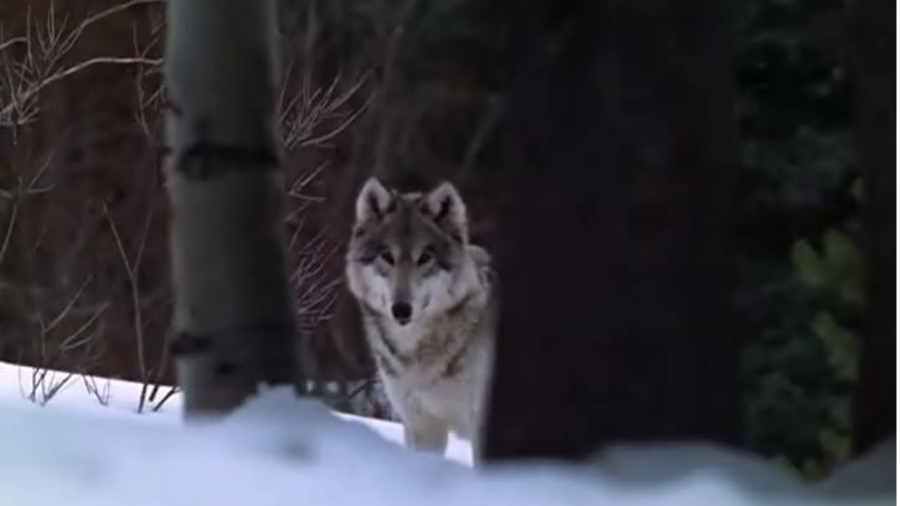
However, the COVID-19 pandemic and geopolitical tensions stemming from Russia’s invasion of Ukraine have hindered further exploration of the Chernobyl Exclusion Zone in recent years. Love underscored the importance of prioritizing safety for collaborators and personnel involved in future research on the mutant wolves, saying that the study will postpone returning to the area until it is safe.
How Mutant Wolves Can Help Save Humanity

The discovery of mutant wolves in Chernobyl exhibiting resistance to cancer holds significant implications for humans. As Love’s study shows, it provides crucial insights into the mechanisms underlying cancer resistance despite prolonged exposure to radiation. By unraveling the genetic components or adaptations that confer protection against cancer in these wolves, researchers may uncover new avenues for cancer treatment and prevention in humans.
A Glimmer Of Hope In A Radioactive Wasteland
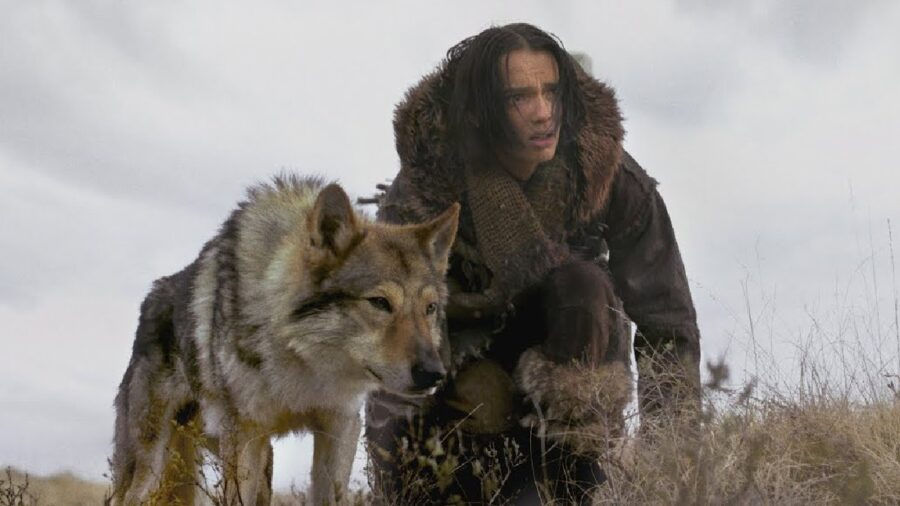
Moreover, the specific mutations observed in Chernobyl’s mutant wolves could be potential therapeutic targets for combating cancer. This research may lead to developing targeted therapies or interventions to enhance cancer resistance in human populations. Additionally, studying mutant wolves offers broader insights into cancer biology, with potential applications beyond radiation exposure.
The study’s findings offer a glimmer of hope amidst the enduring legacy of the Chernobyl disaster. Studying these mutant wolves more may offer insights that may ultimately contribute to developing novel strategies for combating cancer in humans and wildlife populations.
Source: Sky News












